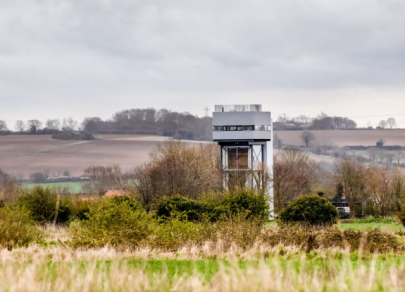FX.co ★ The second life of abandoned buildings: Top 7 redevelopment projects
The second life of abandoned buildings: Top 7 redevelopment projects
Baoshan WTE Exhibition Center
In 2020, an unusual eco-industrial park was opened in Shanghai, on the territory of a former steel mill. During the renovation, the architects kept the structure of the building almost intact, turning its flaws (rusting piping and old equipment) into a design feature.Now the walls of the old mill sheltered one of the largest exhibition centers of the metropolis Baoshan WTE. In addition to the exhibition pavilions, the area of 450,000 square meters houses a museum, cafes, offices, as well as a thermoelectric power plant that runs on waste.
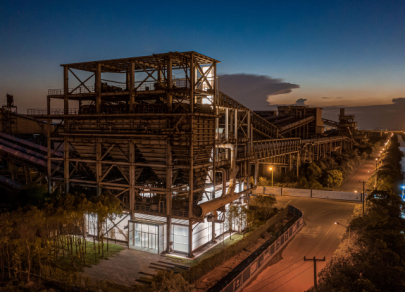
Tai Kwun Centre for Heritage and Arts
In 1841, a complex consisting of a central police station and Victoria Prison appeared on the map of Hong Kong. In the early 2000s, it was declared an architectural monument testifying to Hong Kong's colonial past. Over time, the buildings of both the police station and the prison were decommissioned, after which their large-scale reconstruction worth $485 million was launched. The redevelopment resulted in the opening of the Tai Kwun Cultural Heritage Center in 2018, which has become a popular venue for exhibitions and other cultural events.

Zeitz Museum of Contemporary African Art
Until the mid-1970s, the granary building in Cape Town was considered the tallest in South Africa. It was built in 1921 and was used for its intended purpose until 2001. After being decommissioned, the building of the former grain silo was empty for a long time, until in 2014 it was decided to create the world's largest museum of contemporary African art on its territory. The redevelopment took 3 years. In addition to numerous galleries, the renovated building also houses a sculpture garden, a restaurant, a hotel and shops.
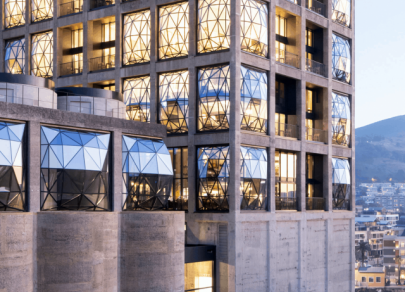
Alila Yangshuo Hotel
A sugar refinery in Guangxi Province began its work on the production of cane sugar and various rums based on it in the 1960s. However, in 2002 the activity of the enterprise was stopped in order to preserve nature. Guangxi is known for its picturesque landscapes: waterfalls, caves and canyons. Thousands of tourists come here every year to admire the local beauties. Therefore, it is not surprising that a luxury hotel has grown on the site of an abandoned factory.
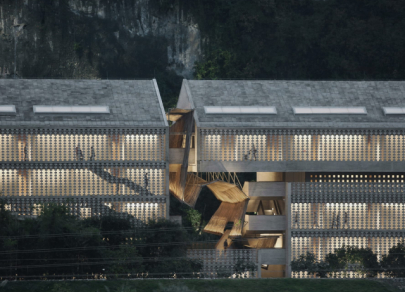
Recycling Center in Kamikatsu
The small Japanese town of Kamikatsu serves as an example for the whole country. After the local waste incineration plant was decommissioned in 2003, the municipality decided to create its own waste processing center on its basis in order not to take garbage to other cities for disposal or processing. Thanks to this idea, today local residents recycle 80% of the total amount of waste they produce (for comparison: the national average is only 20%).
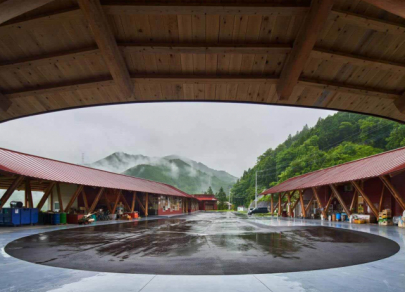
Capsule Hotel and Bookstore in Qinglongwu
Once it was an old barn made of wood and adobe walls measuring 232 square meters. Chinese architects have redesigned the building into a modern capsule hotel that can accommodate 20 people. Bedrooms throughout the building are staggered, and bookcases made of bamboo are used as partitions between living spaces.
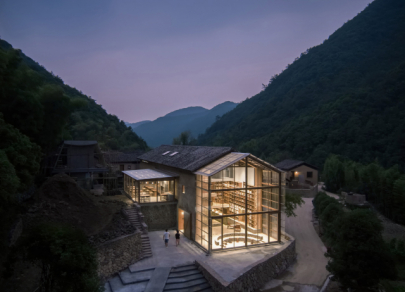
Castle Acre Water Tower
Built in 1952 in the English county of Norfolk, this water tower has not been recognized by local authorities as worthy of preservation. After the building was decommissioned, the tower was auctioned off as scrap metal. However, her new owners decided not to destroy the 16-meter steel structure. With the help of visiting architects, they transformed the Castle Acre tower into a modern 4-story apartment with a viewing platform and a rooftop seating area. The project subsequently won the New into Old awards 2021.
